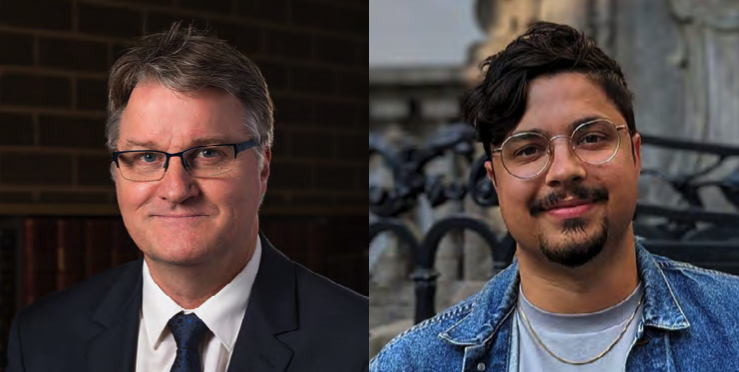Recent technological advances have made quantum computers a reality. Guided by supercomputing simulations and incredible hardware developments, the first commercial quantum computers are now being studied and integrated into scientific workflows for the future.
Researchers from the University of Melbourne’s IBM Quantum Hub use NCI’s Gadi supercomputer across various quantum computing projects, delivering new insights into quantum computer technology’s challenges, barriers and possibilities. The potential of quantum computers to speed up computing is clear. Quantum computers are already being incorporated into aerospace, materials design and logistics optimisation in the context of real-world problems. While quantum computers may one day perform better than supercomputers on specific problems, quantum computers will from the outset need supercomputers for developing, testing and operating quantum systems.
Professor Lloyd Hollenberg from the IBM Quantum Hub says, ‘Supercomputers and quantum computers may well be the perfect companions to enable new kinds of simulations and science. We currently use the Gadi supercomputer in quantum algorithm development, data processing and handling, error mitigation and quantum program optimisation. Among other things, supercomputing helps us develop better and more useful ways of using quantum computers.’
Supercomputers and quantum computers are so interconnected that IBM is now building high-performance computing servers directly interfacing with the quantum computer hardware. Hybrid solutions like this help handle error mitigation through dedicated optimisation algorithms.
Quantum computers present several potential advantages for scientific computing in the coming years. These computers could provide specific results faster, with higher quality, while using considerably less energy than similarly powerful supercomputers. In the future, quantum computers and supercomputers will work together to enable new kinds of scientific and industrial inquiry.
